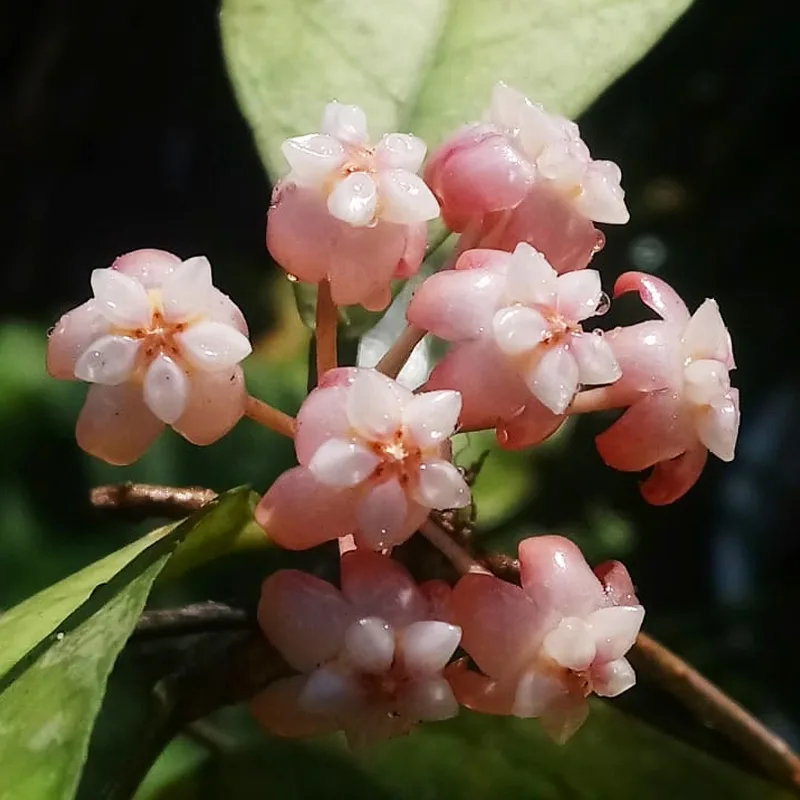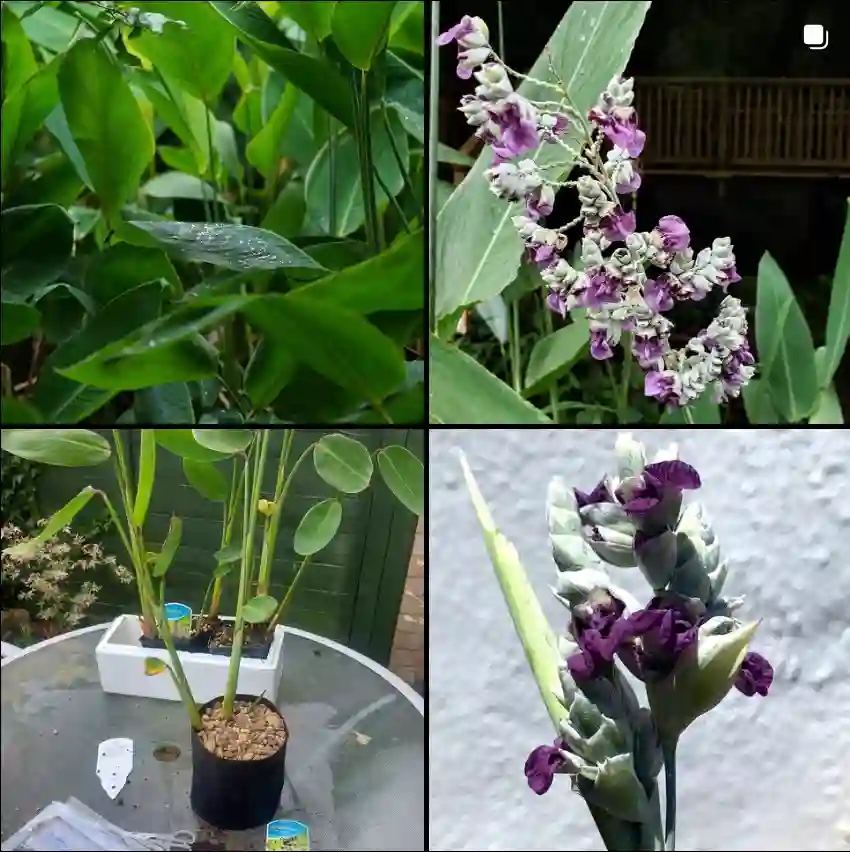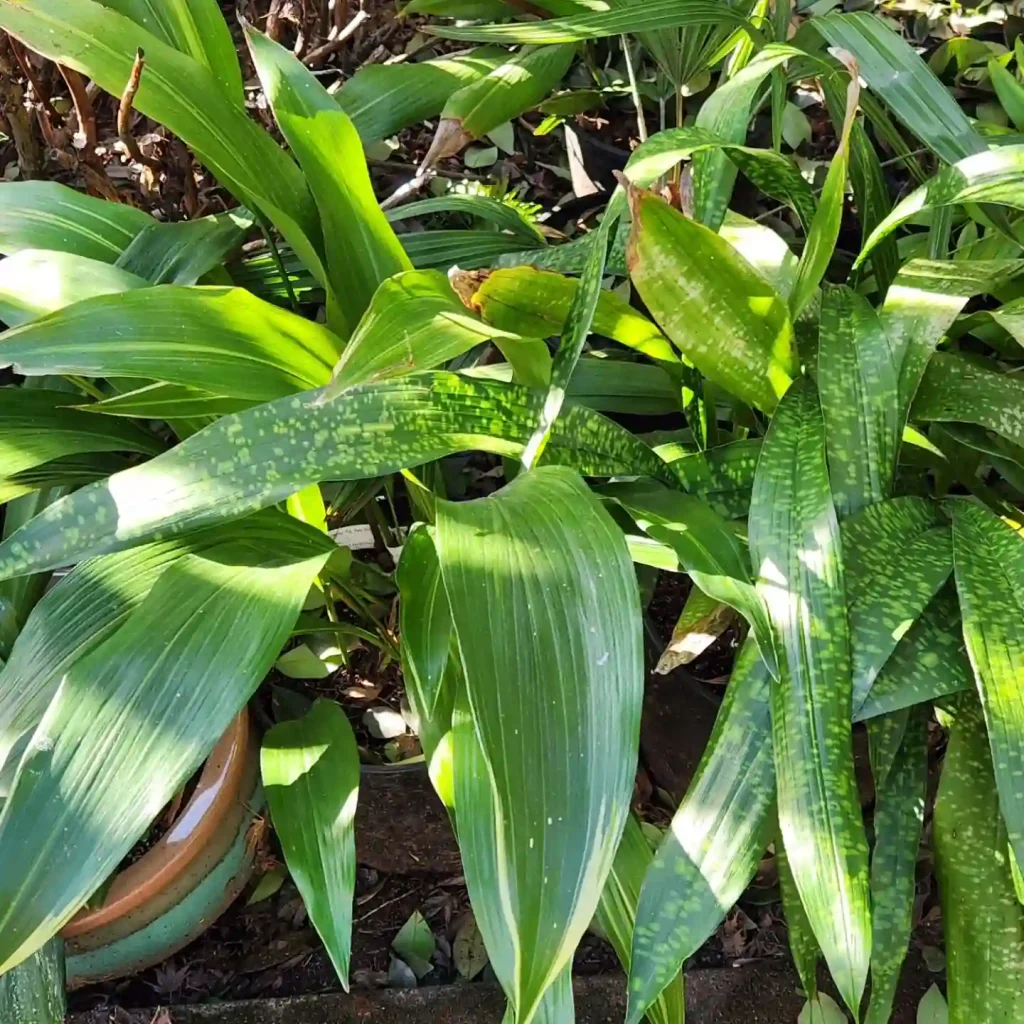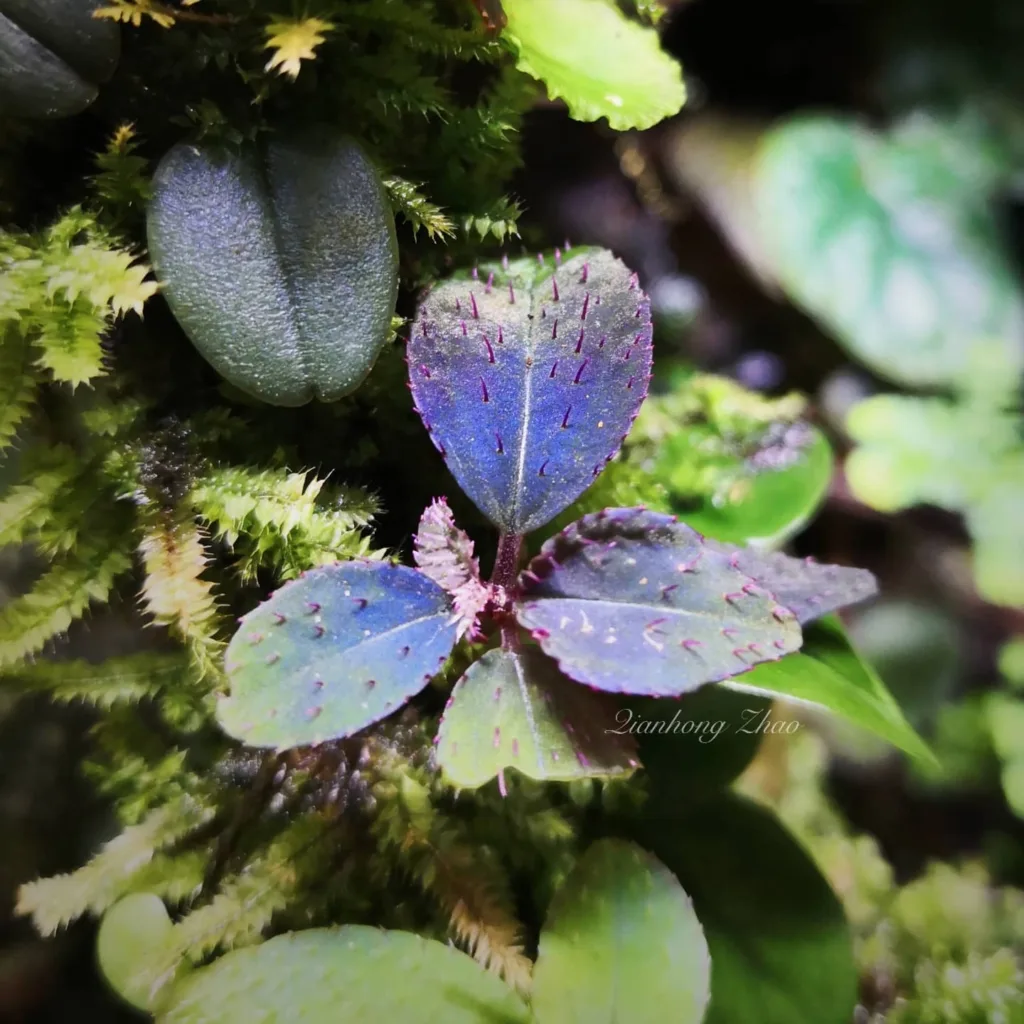Mitragyna: A Deep Dive with Ferb Vu
The genus Mitragyna has always fascinated me. It’s a group of plants belonging to the coffee family, Rubiaceae, and is indigenous to the tropical and subtropical regions of Asia and Africa. These plants are renowned for their unique alkaloids, which have been used for medicinal and recreational purposes for centuries. Let’s delve deeper into this intriguing genus.
What is Mitragyna?
Mitragyna species are typically trees or shrubs, characterized by their large, glossy leaves and spherical flower heads. The name “Mitragyna” originates from the resemblance of the stigma of the first-discovered species to a bishop’s mitre.
Species within the Genus
The genus Mitragyna comprises several species, each with its own distinct characteristics and alkaloid profiles:
- Mitragyna speciosa: Perhaps the most well-known species, Mitragyna speciosa, commonly known as kratom, is native to Southeast Asia. It is recognized for its psychoactive properties, attributed to the alkaloids mitragynine and 7-hydroxymitragynine.
- Mitragyna inermis: This species, also known as “African kratom,” is found in West and Central Africa. It has traditionally been used for its medicinal properties, including pain relief and fever reduction.
- Mitragyna parvifolia: This species is found in India and Sri Lanka and has been used in traditional medicine for various ailments, including skin diseases and digestive issues.
- Mitragyna rotundifolia: This species is distributed across Southeast Asia and is characterized by its round leaves. It has been used traditionally for its anti-inflammatory and analgesic properties.
- Mitragyna hirsuta: This species is found in Southeast Asia and is used traditionally for its stimulant and pain-relieving effects.
- Mitragyna tubulosa: This species is native to India and has been used in traditional medicine for its antipyretic and anti-inflammatory properties.
- Mitragyna ciliata Aubrév. & Pellegr.
- Mitragyna diversifolia (Wall. ex G.Don) Havil.
- Mitragyna rubrostipulata (K.Schum.) Havil.
- Mitragyna stipulosa (DC.) Kuntze
Traditional Uses and Modern Research
Mitragyna species have a long history of use in traditional medicine across different cultures. They have been employed to treat a wide range of ailments, including pain, fever, diarrhea, and fatigue. In some cultures, Mitragyna leaves are chewed or brewed into tea for their stimulant effects and to enhance work productivity.
Modern research has begun to explore the potential therapeutic benefits of Mitragyna alkaloids. Studies have suggested that mitragynine and 7-hydroxymitragynine may have analgesic, anti-inflammatory, and anxiolytic properties. However, more research is needed to fully understand the safety and efficacy of these compounds.
Legal Status and Concerns
The legal status of Mitragyna varies significantly across the globe. In some countries, such as Thailand and Malaysia, Mitragyna speciosa is strictly prohibited. In others, like the United States, it is largely unregulated, although some states have implemented bans. The legal ambiguity surrounding Mitragyna has raised concerns regarding its potential for abuse and the lack of quality control in the kratom industry.
Conclusion
Mitragyna is a fascinating genus with a rich history of traditional use. While modern research is beginning to shed light on the potential therapeutic benefits of its alkaloids, it’s crucial to approach its use with caution. Further research is necessary to fully understand the long-term effects and safety profile of Mitragyna species.
It’s important to remember that self-treating with Mitragyna can be dangerous, and it’s always best to consult with a healthcare professional before using it, especially if you are pregnant, breastfeeding, or have any underlying health conditions.
If i die, water my plants!



